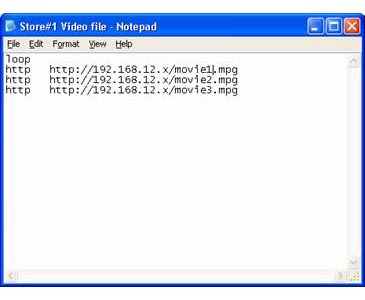
PHP – Editors
January 19, 2008
In programming, editors are specialized applications used to create,open and modify files. Wikipedia can explain this further(click here).
Today, editors are as important for a programmer as the language he uses. Yes you can pretty much do a “Hello World” application with just a simple text editor. Hobbyists do that, but true professionals know that a project will pretty much go to the dogs, especially for multi-module ones, without a proper editor. Some editors sport syntax highlighting this helps immensely in structuring your code.
Some editors even have IDE or Integrated Development Environments, many popular languages comes bundled with them. They provide text editing, syntax higlighting, hierarchial organizers/outliners and even debug modes.
Programming in PHP is easy and fun. Choosing the ideal editor for creating/modifying PHP scripts, will help you make the most out of it.
Below are some text editors I use. I added some brief description of each as well as the availability/software license.
Notepad is a simple text editor included with Microsoft Windows since version 1.0 in 1985.
Notepad makes use of a built-in window class named “EDIT”.
It is one of the most common text-only editors. The resulting files—typically saved with the .txt extension—have no format tags or styles, making the program suitable for editing system files that are to be used in a DOS environment
Free
Windows OS
“NoteTab is a leading-edge text and HTML editor. Winner of software industry awards since 1998, this application does it all: it easily handles a stack of huge files; lets you format text to your heart’s content; does system-wide searches, and multi-line global replacements. It even corrects your spelling mistakes.”
Notetab Lite – Free
Notetab Pro – Commercial
Windows
http://www.fookes.com/notetab/index.php
my notes : I use this to organize my notes. THe outline feature is priceless. I highly recommend this product.
HomeSite 5.5 provides a lean, code-only editor for web development. Advanced coding features enable you to instantly create and modify HTML, CFML, JSP, and XHTML tags, while enhanced productivity tools allow you to validate, reuse, navigate, and format code more easily. Configure Macromedia HomeSite to fit your needs by extending its functionality and customizing the interface.
Commercial – 30 day trial
Windows
http://www.macromedia.com/software/homesite/
my notes: I have been using Homesite since my first job. I tried a couple similar to this but I keep coming back. Integration with dreamweaver is another plus. It comes with a version of TOpstyle, not sure with the version, a Cascading Style SHeet editor fully integrated to Homesite. Helps speeding up designing an HTML page. For a bit of trivia, the original developer for homesite is Allaire.
Pico is a text editor for Unix computer systems, and is integrated with the Pine email client, designed by the Office of Computing and Communications at the University of Washington.
Free (bundled with PINE email editor)
Linux
Nano is a curses-based text editor for Unix and Unix-like systems, licensed under the GNU General Public License. It is a free software clone of Pico, the editor of the Pine email client. Nano aims to emulate the functionality and easy-to-use interface of Pico, but does not have the tight mailer integration of the Pine/Pico package.
GPL(Free)
Linux
www.nano.com
my notes: I love this. If you’re like me who started linux late in the game, you’ll find this very useful. Its similar to most contemporary text editors. unlike vi or emacs, there’s no learning curve you have to endure just to use it efficiently.
Vi
Vi is a modal editor and assigns different meanings to buttons or keystrokes depending on the active editing mode. In insert mode, text typed is inserted into the document. Pressing the escape key while in insert mode will switch the editor to command mode, where letters correspond to cursor movements or editing functions. For example: “j” to move the cursor down a line, “k” to move up a line, “x” to delete the character at the current cursor position, and “i” to return to insert mode. Keys pressed while in command mode are not inserted into the text, which is a common cause for confusion among new users.
Freeware
Linux
http://www.vim.org/ – a version of Vi
tutorial : http://www.eng.hawaii.edu/Tutor/vi.html